Belt drive systems
Belt drive tables have become the most common transport design in high-end turntables today. They can range in price from a few hundred dollars to over a hundred thousand dollars.
Belt drive tables are intrinsically simple in concept. You have a motor and a platter with a belt running between the two. You can also have the belt wrap around the turntable bearing assembly with the platter sitting on top of that assembly.
The basic design allows for separation and isolation of the motor from the platter. When you consider the improvements in motor technology over the years, and the simplicity of this design, it’s no surprise that even the most inexpensive tables can sound very good. When you start adding in heavy mass platters and well-engineered bearings, plinths and suspensions, the result is exceptional-performing turntables.
Direct drive systems
What is a direct drive turntable? Simply put, it is a turntable with the motor directly coupled to the platter at the bearing. There are no wheels, belts, or gears involved. Probably the most renowned direct drive turntable is the Technics SL-1200, shown to the right with the platter removed.
Direct vs. belt drive
There has been an ongoing controversy over which is better sounding, direct drive or belt drive. The argument for direct drive has been that they offer higher torque, faster start, lower wow and flutter, and more accurate speed. All excellent attributes for DJ operation. The argument against direct drive is that it is subject to noise (rumble) caused from the motor coupled to the platter, and poor bass response.
I have used both and my experience is that the more important variables are the quality of the table and tonearm. The most expensive direct drive tables have traditionally run $2,000 or $3,000, although there are recent entrants at $10,000 and more. But there are many belt drive tables costing well over $100,000. Above is an Air Force One with a Graham Phantom tonearm at about $105,000 and to the right is a Clearaudio Statement with their TT-2 linear tracking tonearm at $110,000.
Arm systems
Since I just mentioned two of my favorite tonearms, this seems like a good time to delve into the various tonearm designs. There are three basic types of arms:linear tracking, S–shaped or L–shaped, and straight. Also, each of these types can come in either high mass, medium mass or low mass designs.
Arm mass differences
When we talk about tonearm mass, what I mean is how heavy the arm wand is. The reason for the mass differences is to match cartridge compliance.
The analogy I like to use to describe what type of cartridge (low, medium or high compliance design) is best suited for what style of tonearm (high mass, medium mass or low mass design), is if you have a big heavy automobile the car requires stiff shock absorbers. Likewise, if the vehicle is light, it requires a more compliant shock. If the two are mismatched the car won’t handle or ride well, and it won’t stop safely. Likewise, if the cartridge doesn’t match the tonearm, the system won’t track properly and as a result won’t sound good.
Simply put, high compliant cartridges match low mass arms, and low compliance cartridges are best suited for low mass arms.
Linear tracking
The first type I want to talk about is linear tracking. Basically, this is how it all started back in 1877. When records are produced, the process includes a turntable lathe that cuts the master in a linear fashion. It only makes sense to play back the resulting record the same way. There have been many designs of linear tracking tonearms over the years.
Bang & Olufsen produced a series of turntables with linear tracking arms starting in 1972.Others include Revox, Rabco, Harman/Kardon, Mitsubishi, Technics, Pioneer, Sony, and Sansui, among others. Linear tracking arms like the Clearaudio TT-2 and TT-3 are amongst the best available today. The basic concept of a linear tracking tonearm is to minimize the small angular error that would otherwise occur when the pick-up arm moves in an arc. The drawback with linear tracking arms is their tendency to “walk,” meaning the arm lags when moving across the record and then has to catch up. The better the design, the better the results.
- ← Previous page
- (Page 3 of 4)
- Next page →

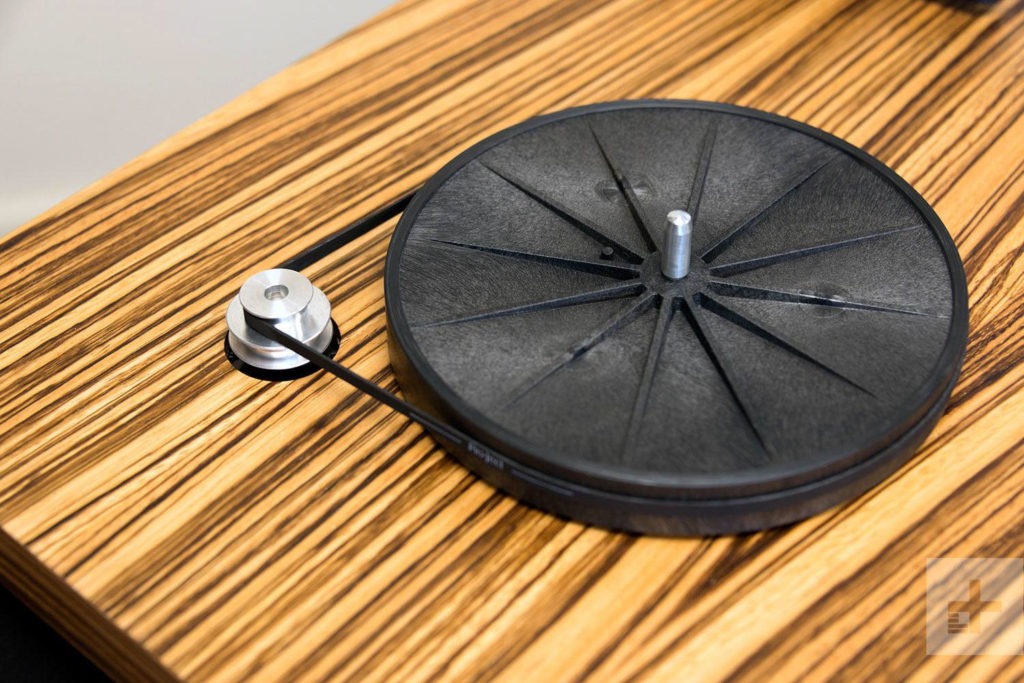
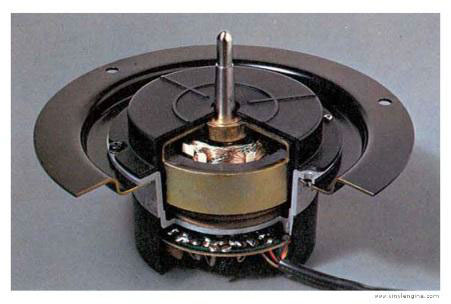
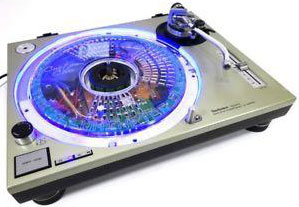
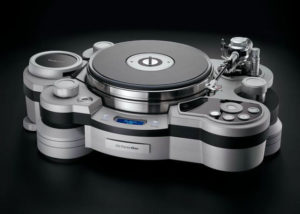
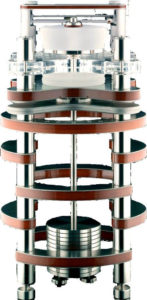
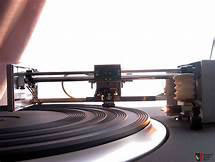
“A much simpler exotic at a much more affordable price is the Clearaudio Clarify tonearm. This unique design uses a nylon thread to suspend the arm as a pivot, held in place vertically with a magnet. If no parts of the arm touch, then there is virtually no friction. Also, it prevents resonances from affecting the performance of the system.”
The earliest Well-Tempered Labs Arm was of this design in the late-’70s/early-’80s … minus the magnet to hold it in place vertically.
It was very well received at the time — after talking with the inventor, Bill Firebaugh, in ’85, I ended up with a Well-Tempered Turntable and Arm … and never looked back.
The Kef 105.2 speakers and Nakamichi electronics (PA-7, CA-5, OMS-7 CD, ST-7 tuner) are still in use today (my former wife got custody in the divorce) and sound great.
I am a big fan of Nelson Pass who did the original design and Theshold licenced to Nak.
I agree with everything you say about the Clearaudio Arm. It is brilliantly simple and works great. Think the closest thing to it is a unipivot design.